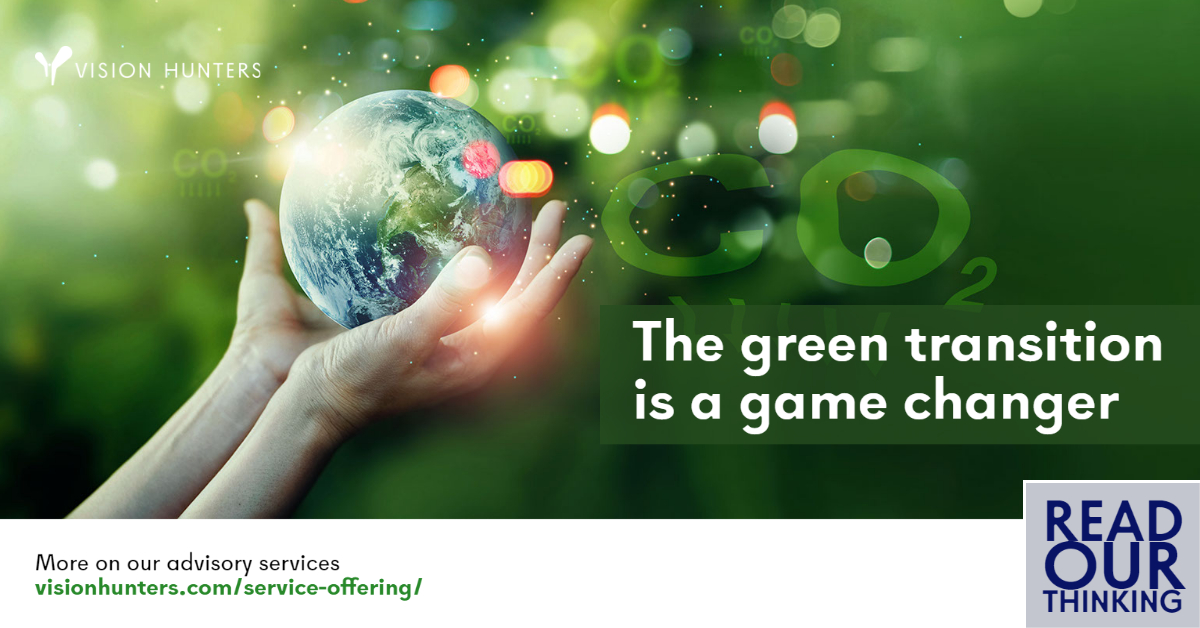Future pulp mills enable improved circularity and may act as a platform for external companies working in a bioecosystem. A mill willl have more departments/plants that use all streams, as well as possible external operators, all on the same mill site. There is no single solution for the mill, but rather a range of options in both the core mill and operating within the ecosystem.
October 28, 2022
In the last few years, the green transition, or the change from growth based on fossil fuels to growth based on green solutions, has ramped up considerably.
Forest residues are one of the most promising renewable feedstocks due to their availability, cost, and independence from the food industry. They can be converted into a variety of products, including biofuels, biochemicals, and biomaterials, which can replace the use of fossil fuels in the production of steel, chemicals, and transportation fuels
October 21, 2022
During past two years Europe have witnessed a global pandemic and war starting inside its boarders. Two back-to-back crises have created a snowball effect to the European economy , causing production costs also in the paper and board industry to soar. Impact of the cost inflation is not the same for everyone, but what should the producers do to be in the winning side?.
June 1, 2022
The war in Ukraine inflicted an economic shock and upheavals on the forest industry value chain. The biggest impact on European factories and competitiveness takes place via rising energy prices. This concerns especially large mills running on Russian gas. New, energy-efficient lines strengthen their position in the cost competitiveness curve, increasing the gap to competing mills. CO2 emissions permits, chemicals and freight will become more expensive and weaken Europe's global competitiveness.
March 31, 2022









